KETO DIET Beginners Questions & Answer | Keto Diet Beginner's Guide
KETO DIET Beginners Questions & Answer ,Keto Diet Beginner's Guide , How to Start a Keto Diet, Trying the Keto Diet, Keto Diet A Beginner's Guide , Diet Doctor
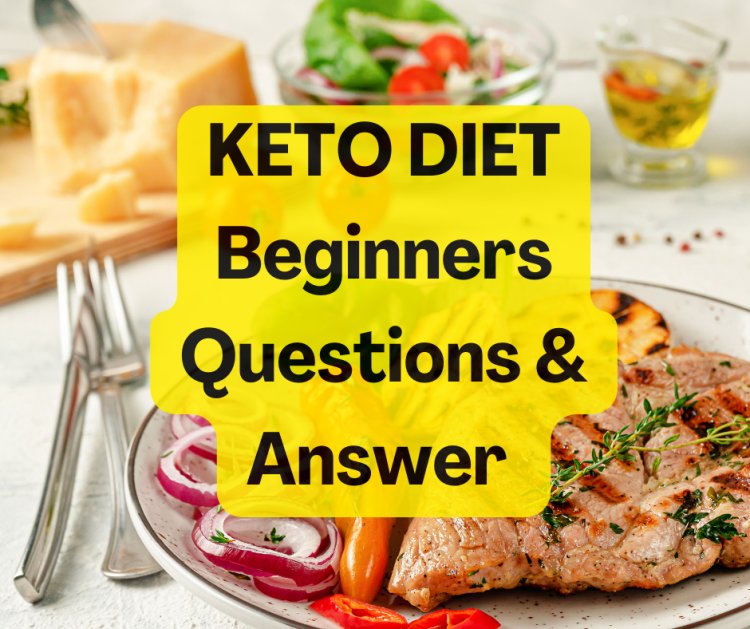
KETO DIET Beginners Questions & Answer
1. What is Ketosis?
Ketosis is a metabolic state where ketone bodies (a type of fat) become the primary fuel source for the brain instead of glucose. When you eat high carb foods, your body breaks down those carbs into glucose, which then gets stored as glycogen in the liver.
Glycogen stores are then released into the bloodstream when blood sugar levels drop. Once blood sugar drops low enough, insulin is released to transport the glucose back to the cells. Insulin helps the cells use the glucose for energy.
However, when you eat a lot of carbs, your body doesn't need much insulin to move the glucose around. Instead, it uses the glucose for energy right away. As a result, less glucose ends up being stored in the liver as glycogen.
If you're eating a lot of carbs, you may not have any glycogen left over to store after a workout. That's why you feel tired and sluggish after working out. Your muscles don't have anything to burn for energy.
More All about Keto Diet
2. Why do I want to get into Ketosis?
When you enter ketosis, you'll experience many of the same benefits as someone who follows a strict low-carb diet. You'll lose weight, feel full faster, and have more mental clarity. But unlike a low-carb diet, you won't have to count calories or worry about weighing yourself. In fact, you might even gain muscle mass while losing fat!
3. How do I know if I'm in Ketosis?
The easiest way to tell if you're in ketosis is by using an app called Keto Diet Tracker. It's free and tracks what you eat and drink throughout the day. It also keeps track of how many grams of carbs you consume at each meal. There are several different versions of the app, including ones for both Android and iOS devices.
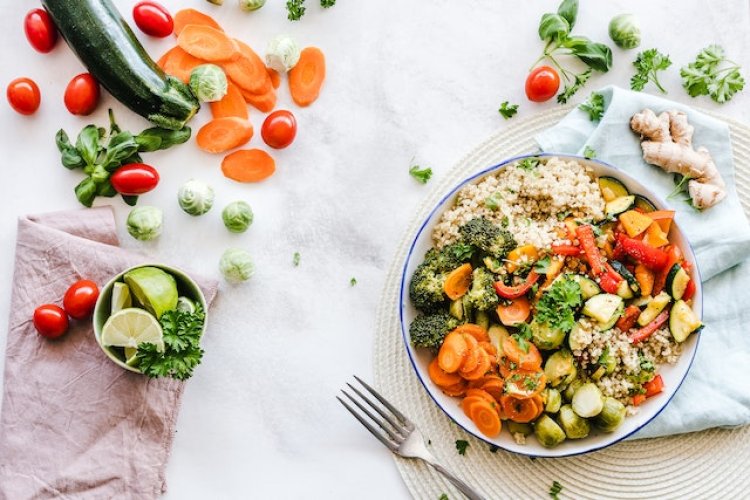
4. How long does it take to get into Ketosis after starting my Diet?
It takes some time to get into ketosis after starting your diet. After three days, you should start feeling more energetic and mentally clear. By the end of the first week, you should notice that you've lost weight and started burning fat for energy.
5. Can I still exercise while in Ketosis?
Yes! Exercise is great for getting into ketosis. Just make sure you don't overdo it. Start slowly and work your way up to longer workouts.
6. Will I get hungry while in Ketosis?
You shouldn't get hungry while in ketosis. Hunger signals that your body isn't getting enough glucose to function properly. So, if you're not hungry, you're probably already in ketosis.
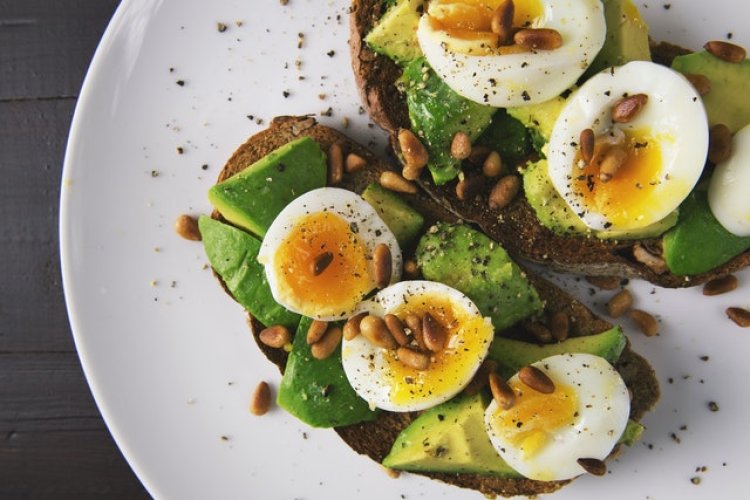
7. Is Ketosis safe?
Yes! Studies show that people who follow a ketogenic diet tend to live longer than those who eat a typical Western diet. And, they tend to suffer fewer chronic illnesses.
The ketogenic diet forces the body into a metabolic state called ketosis. Once in ketosis, the liver produces ketones from stored fat cells for energy. Ketones have been shown to improve mental focus and cognition, promote weight loss, and even fight cancer.
9. Benefits of Keto
There are many benefits to the ketogenic diet including; improved mood, increased energy, reduced hunger, and improved athletic performance.
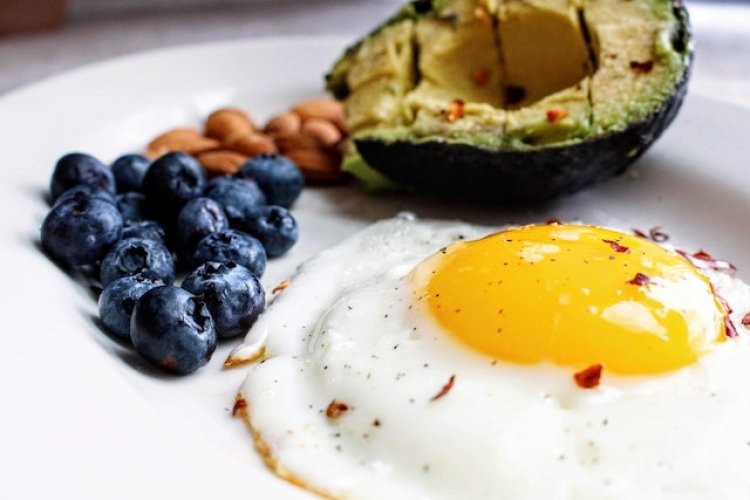
10. Why Is Keto So Popular?
Studies show that people who follow the ketogenic diet lose weight without counting calories. Many people also experience improvements in their cholesterol, blood pressure, and diabetes.
11. How Do I Get Started?
To get started with the ketogenic diet, simply eat a lot of fat and little to no carbs. You should aim to consume around 80 grams of net carbs per day. Net carbs are total carbs minus fibre. To calculate your net carbs, multiply your total carbs by 0.5 and then divide it by 4.
If you’re using nutritional information provided by a food database, make sure to choose “net carbs” under the nutrition facts label.
12. Foods That Are Best for Keto
Fatty fish, avocados, eggs, butter, cream cheese, heavy whipping cream, coconut oil, olive oil, raw nuts, seeds, and avocado toast are some of the best foods for keto.
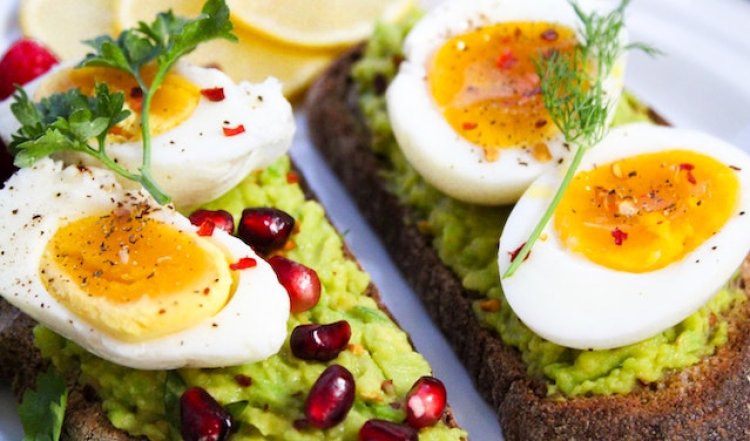
13. Can I eat anything while on the Keto Diet plan?
You can eat whatever you want as long as it fits into the guidelines. You can even drink alcohol provided that it doesn't interfere with your progress.
14.Do I have to count calories on the Keto Diet?
No. You don't have to count calories on a keto diet. Instead, you'll focus on consuming a certain amount of net carbs each day. Net carbs are total carbs minus fibre. fibre is a type of carbohydrate that isn't broken down into sugar and therefore doesn't contribute to blood sugar levels.
Tips for Successful Keto
· Make sure to drink plenty of water while following the ketogenic diet. Dehydration can cause headaches, fatigue, constipation, and muscle cramps.
· Keep track of what you eat. Write down everything you put in your mouth. This way you can easily identify any hidden carbs.
· Eat small meals throughout the day. Smaller meals help keep your blood sugar stable.
· Try not to skip breakfast. Skipping breakfast may lead to low energy and cravings later in the day
· Don't go hungry. Hunger signals your brain to produce ghrelin, a hormone that makes you feel hungrier. Eating smaller meals throughout the day helps prevent hunger pangs
· Avoid processed foods. Processed foods tend to have higher amounts of carbs than whole foods.
· Use natural sweeteners. Stevia, honey, maple syrup, and agave nectar are great options.












